GENEVA, Ill. — Union Pacific is aiming to begin the triple-tracking of a section of its main line through Geneva in the spring of 2020, a railroad representative told Geneva’s aldermen this week.
The long-discussed project would address a little more of eight miles of double track centered around Geneva, closing one of two remaining gaps in the otherwise triple-track mainline between Elburn, Ill., and downtown Chicago used by both Union Pacific freight trains and Metra’s Union Pacific West commuter line. Work is already in progress on the other section, between River Forest, Ill., and UP’s Proviso Yard.
The Daily Herald reports that Liisa Stark, Union Pacific’s assistant vice president of public affairs, told alderman that the railroad needs to purchase a few parcels of land and receive a permit from the U.S. Army Corps of Engineers before proceeding. It would then put the project out to bid, and anticipates 18 to 24 months of construction. The project is estimated to cost $188 million. Alderman gave preliminary approval to sell some land and allow construction easements on additional property to the railroad at a cost of more than $646,000.
Because of Metra operations, there is a curfew on freight traffic through the area from 6-9 a.m. and 4-7 p.m. most days, leading to major congestion, Stark explained.





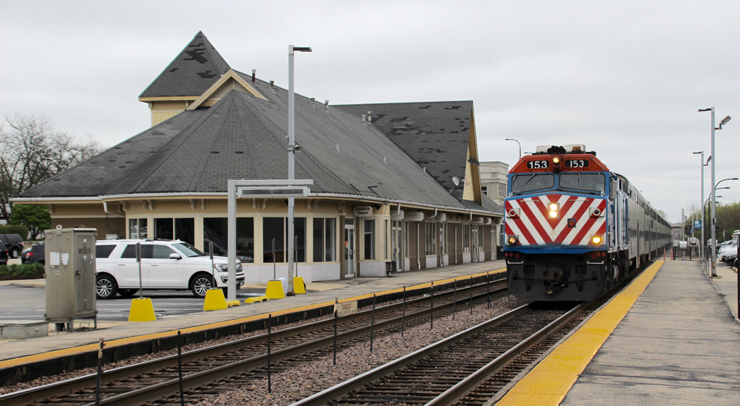

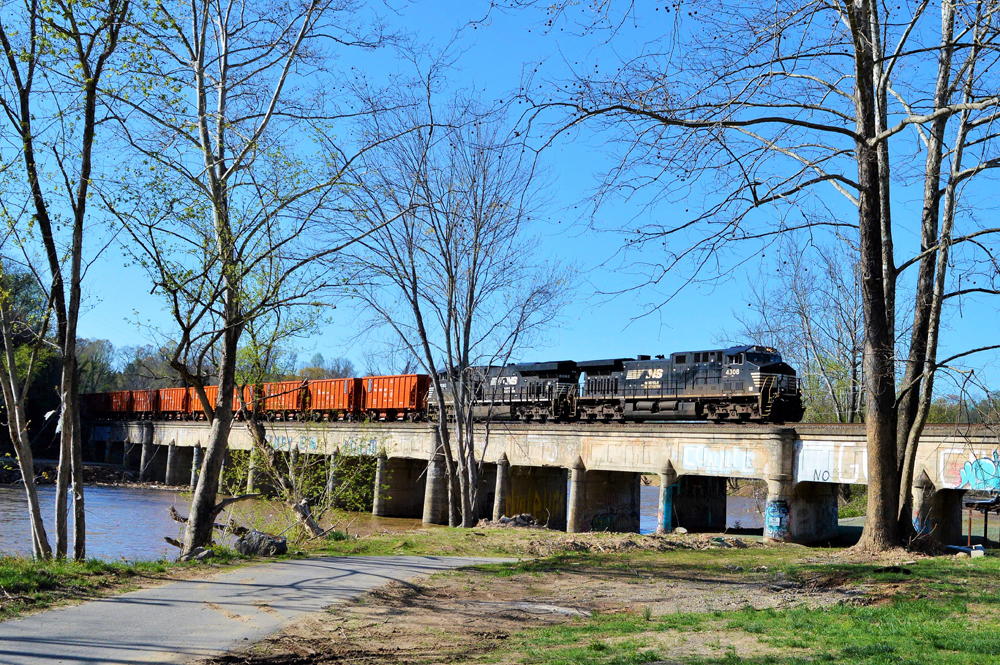
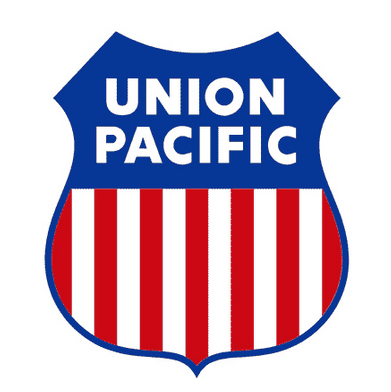
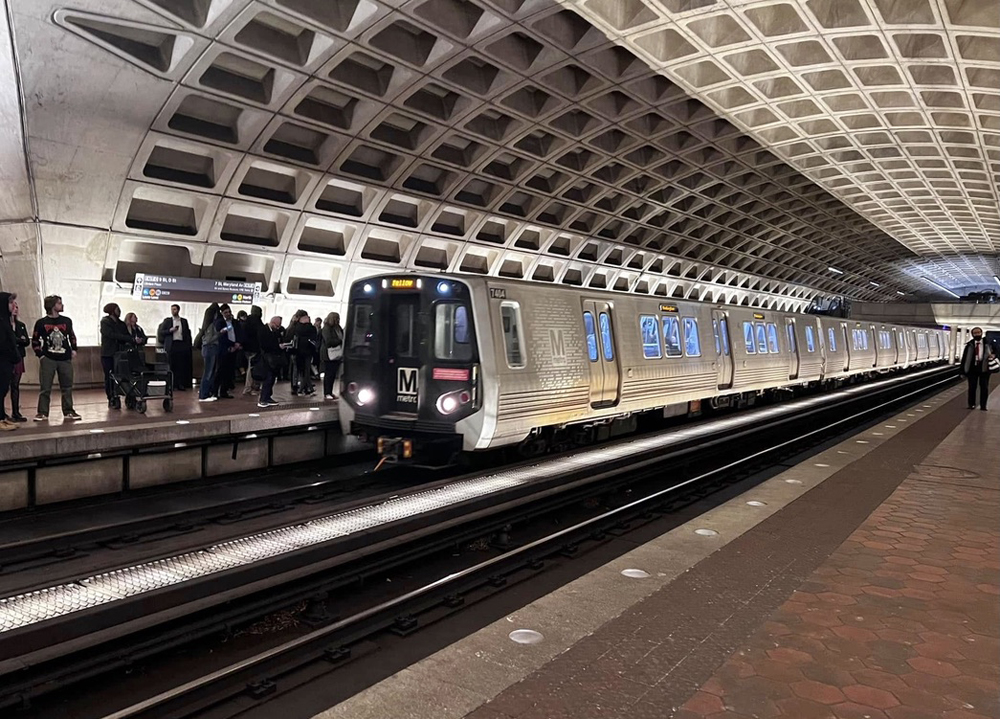
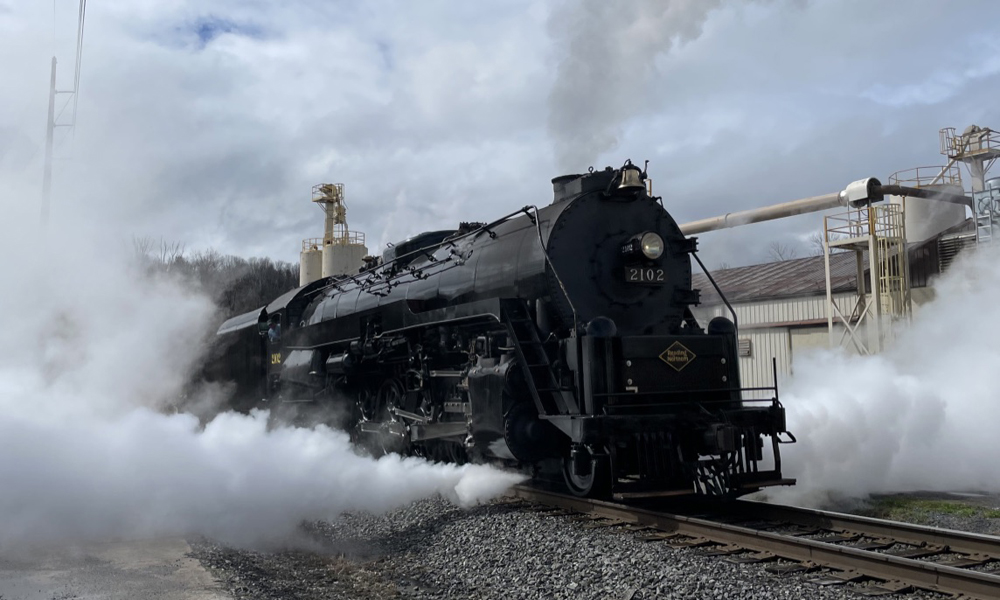




FWIW the Milw. Rd. also used “Scoots” and the Burlington never “racetrack” (decades ago a CB&Q veteran called it a foamer term). Much appreciated is the high level of the on-topic posts.
Of course you’re correct that “dinky” is a Burlington term Mark Kaspar. But it stuck with me and I enjoy using it generically (while inaccurately and with insufficient sensitivity to railroader pride).
I’ll also agree with the syrup characterization of freight throughput in the Chicago gateway. Except that many of these projects (CREATE Englewood flyover, the CREATE Proviso east end IHB connection, the recently discussed on NewsWire CREATE Argo/Clearing west end project, this non-CREATE UP triple track, the future CREATE 75th Street corridor project, even the stillborn UP/CP Glenview/Techny freight staging siding) all serve to benefit throughput for ALL traffic – freight, Metra, and Amtrak – by keeping the passenger and freight trains out of each other’s way.
And it’s slowly working. The rough winter 2018/2019 wasn’t as much of a congestion disaster as past years. And I’m fortunate to be able to observe operations on the north-south Western Avenue corridor twice a year for the past six years or so and I see that that (also CREATE) project to install dispatcher controlled power switches and CTC from south of Brighton Park (remember that manned set of “all trains stop” diamonds?) almost all the way to Global 1 at 15th Street has meant a lot less time having freight standing and waiting on the main. I used to see “steel wheel” Intermodal moves sit there for hours and hours on end. Anecdotally much less so now.
So maybe that syrup is starting to heat up and flow a bit faster.
Charles – the cost of the project will be split up between the UP & Metra. Metra is funded several ways through the Federal & State governments along with the RTA’s gasoline tax, so it’s going top be a multi-combination of funds to do the work. Signs posted along the current triple track project in Melrose Park & Maywood state this.
Tommy Kraz! Nice seeing your comment here! Michael Moss – “the historic end of 3 track” is Geneva? No, that’d be ‘WX’ or ‘Kress’ interlocking in West Chicago at the west end of West Chicago Yard. It’s down to two tracks from this point to ‘Peck’ on the west side of Geneva where triple track resumes until Elburn…which is the new & soon to be ‘historic’ end of triple track. The need for the additional track is to fill the gap of missing triple track between these points.
The CNW’s 3 track line ran from elmhurst to the west side of west chicago or MP 32. 3 tracks were put in from MP 38 to just east of route 47 in elburn MP 44. Until after 1995 the south track from elmhurst to route 59 in West Chicago was signal Westbound and the North track Route 59 to Elmhurst was signaled Eastbound and the middle track was by-directional .
METRA commuter trains now go past Geneva (the historic end of 3 track) therefore the need for the additional track.
BNSF has their triple track main (Racetrack) tuned almost perfectly, Im sure UP can do that same. I have never in my time on there, seen any train not movin.
Train Dispatchers use the tools available to them to move all the traffic that is required to be moved – Dinky’s, Scoot’s, Amtrak, Freight. Holding a freight an hour outside the terminal – when the terminal is ‘plugged’ just delays that freight just that much longer when space becomes available.
Paul, first off – you’re commenting on a proposed construction project on the Union Pacific { former C&NW } West Line where we run ‘scoots’, as opposed to the Burlington’s ‘dinky’ moniker. Secondly, “freight fluidity in Chicago” is & has always had the consistency of syrup. In other words, not so fluid. The reasons are many { excessive volume being number one } with little to no connection to any curfew. The curfew exists for the simple reason – more volume…..scoot volume. Pick up a schedule & look at the times. Where are you going to thread a freight train in? For example – #26 rides in on #24’s signals. #24 is riding tightly on #22’s signals. You couldn’t even put a light engine in between these trains without throwing them off schedule. The entire morning & evening ‘fleet’ is scheduled this tightly. There simply isn’t any room to allow for any freight during the rush, hence the curfew. Period. The number people riding Metra & the respective number of trains needed to carry them isn’t changing, so altering the schedule isn’t a viable option. Adding the third main will definitely help in the congested two track areas for sure, but the real key to fluidity is to stop using the center track as a parking lot, or ‘staging area’, as they like to say. This takes the utility of having a third main track out of the picture entirely. Do your freight staging out west & with an open center track, there isn’t a reason why they couldn’t slowly move freight through the suburban rush, albeit directional running.
I’m not overly familiar with UP West. The curfew on BNSF (triple track) appears to be one way toward the end of the curfew. In other words, as the evening (outbound) rush hour winds down, eastbound (inbound) freights begin to appear.
Unstated in the article (above) is who is paying. Does Metra have to pony up?
Also unstated is the history (with which I’m unfamiliar). What has changed? Has freight traffic increased? Or has Metra traffic increased? Or is it that UPRR is simply getting tired of the freight curfews.
The span over the Fox River in Geneva was rebuilt in 1920 and the river pylons can support up to 4 tracks. But CNW didn’t rebuild the approach works which date back to 1883. It is made up of stone from a nearby quarry.
UP will have to replace or supplement the approaches on both sides. CNW simply built 3 buttresses to hold up the quarry stone in 1920.
The issue is similar for the 1st Street Bridge in Geneva just west of the Fox River. It too is supported by the original 1883 stoneworks and CNW simply replaced the deck plate girders in 1920 when the river span was updated. Today it can only support the existing 2 tracks. That street is also IL State Road 31, so I am thinking they are going to demolish the old quarry stone and build all new pylons to support IDOT heights and width requirements while they do the build out.
Since the river span supports 4 tracks, hopefully they will update this bridge as well for a future 4 track layout.
The last bottleneck for UP was when IDOT raised IL-38 (Roosevelt Road) a few years ago and that bridge allows up 5 tracks to pass underneath.
I will have to look at the master plan to see what they are going to do with several at grade crossings between Geneva and Elburn. Bundsiga Road, Western Ave, etc. come to mind.
Fun times ahead, I wonder if they’re adding a bridge at 1st & Fox River or adding an extra one next to the old ones.
Freight fluidity in Chicago depends on being able to not totally suspend freight operations during the “dinky rush”. Or Amtrak peaks for that matter. A number of CREATE projects some complete, some like 75th Street corridor just getting funded, and some as yet unfunded are intended to address this.